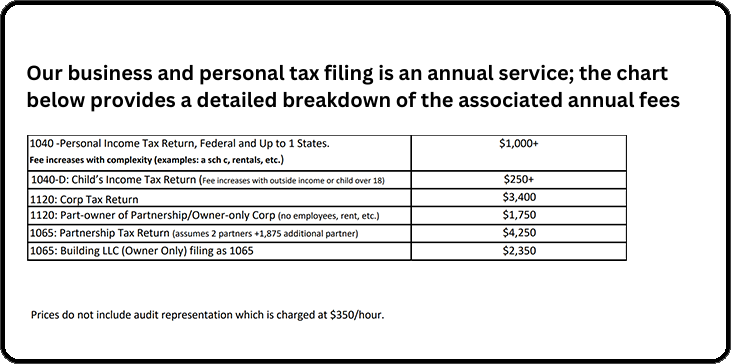Tune in to our podcast series: The Dental Board Room
Listen Now

Go ahead and breathe a sigh of relief, for now. Congress isn’t showing signs of taking any further action to terminate backdoor Roth IRA conversions. That said, let’s review the basics of a Roth IRA account and why it’s worth considering:
How does a backdoor Roth IRA conversion work?
When your income exceeds a certain threshold ($144,000 for single and $214,000 for married filing jointly in 2022) a direct contribution into a Roth IRA is no longer allowed. However, a Traditional IRA contribution of up to $6,000 ($7,000 if you’re 50 or older) is always an option regardless of income levels and deductibility. It’s also always an option to convert funds held in a Traditional IRA account to a Roth IRA account. This creates a “backdoor” route by funding a Traditional IRA, and immediately converting/transferring those funds into your Roth IRA.
You should make the conversion immediately after funding the Traditional IRA because if gains accrue prior to converting, there are taxes to pay upon converting. Other technicalities exist when there are already funds sitting in a Traditional IRA, so it’s important to consult with your advisor and develop the right strategy.
The deadline to make your 2021 Traditional IRA contribution is April 15th, 2022. If there’s cash surplus on hand, now is a good time to jump on your 2022 contribution as well. Remember to then make the Roth Conversion immediately after funding the Traditional IRA. If you’re a client of PracticeCFO, it’s likely we’re handling the administration for you each year with very little effort on your part.
Wes knows what's best for dental practices. He's been doing this for a long time and he sees lots of practices. He can tell me how our practice is doing, and what we can do to increase our productivity. With past CPA's, there were no ideas. It was all coming from me, saying "I think I can do better, but I don't know how." I come in to meet with Wes and he says "You CAN do better, and I know how."
PracticeCFO is in hundreds of dental offices around the country. They know what numbers should look like. They know what percentages of payroll, rent and supplies should be, and they will hold you accountable to those numbers, which will really help you stick to your plan and your path of growth and savings. That is invaluable
Whenever something comes up, whether it's building or practice related and we weren't sure where the numbers would go, PracticeCFO has been instrumental in helping us figure that out. I can't say enough of how important that is - that it goes beyond that initial partnership. They make sure this business marriage works.
When I go home from work, I don't spend a whole lot of time stressing about what my books look like, or how much I owe in taxes. By using PracticeCFO, the burden of keeping track of a lot of the big financial numbers and metrics are taken off my plate.
PracticeCFO helped me develop a plan for the future. I have colleagues that work with other accountants that don't have a plan - they just look at the numbers of the practice and that's it. There's no plan for 10, 20 years from now. But with PracticeCFO, you get that. PracticeCFO makes you feel like you're they're only client.
(In reference to his practice sale) What could've been super stressful, wasn't! When picking John and Wes, it was from word of mouth recommendations and other people's experiences from the past that really did it for me. And it turns out that those recommendations were right on the line.
Wes knows the business side of dentistry. His comprehensive plan will organize your personal and professional finances so you can focus on taking care of patients. Massive ROI.
I can’t say enough good things about everyone at PracticeCFO. Everyone on the team is professional, organized, knowledgeable, helpful and kind. They also respond to emails and phone calls immediately and are always happy to help. They have helped me navigate year-to-year as a business owner. PracticeCFO gives me peace of mind that my business is in good hands.
I love Practice CFO! They have helped me obtain a practice and maintain a practice. They are incredible people who are on top of everything and make owning and running the business portion of a practice easy. They couldn’t be better for my business and my sanity. They have every detail of the business and taxes taken care of where all I have to do is show up and follow their easy steps to success!
Practice CFO has the best tools I’ve seen for personal tax and financial planning in addition to top-tier corporate tax and accounting services. I have been very pleased with the level of quality service. They manage my monthly bookkeeping and accounts payable. It is a great system and saves me a ton of time, and it allows us to have monthly financial statements within a week of month end.

This will close in 0 seconds